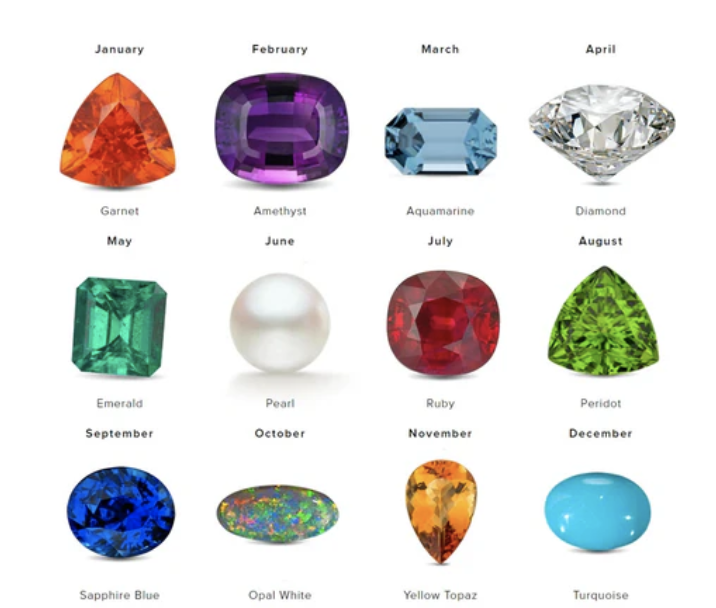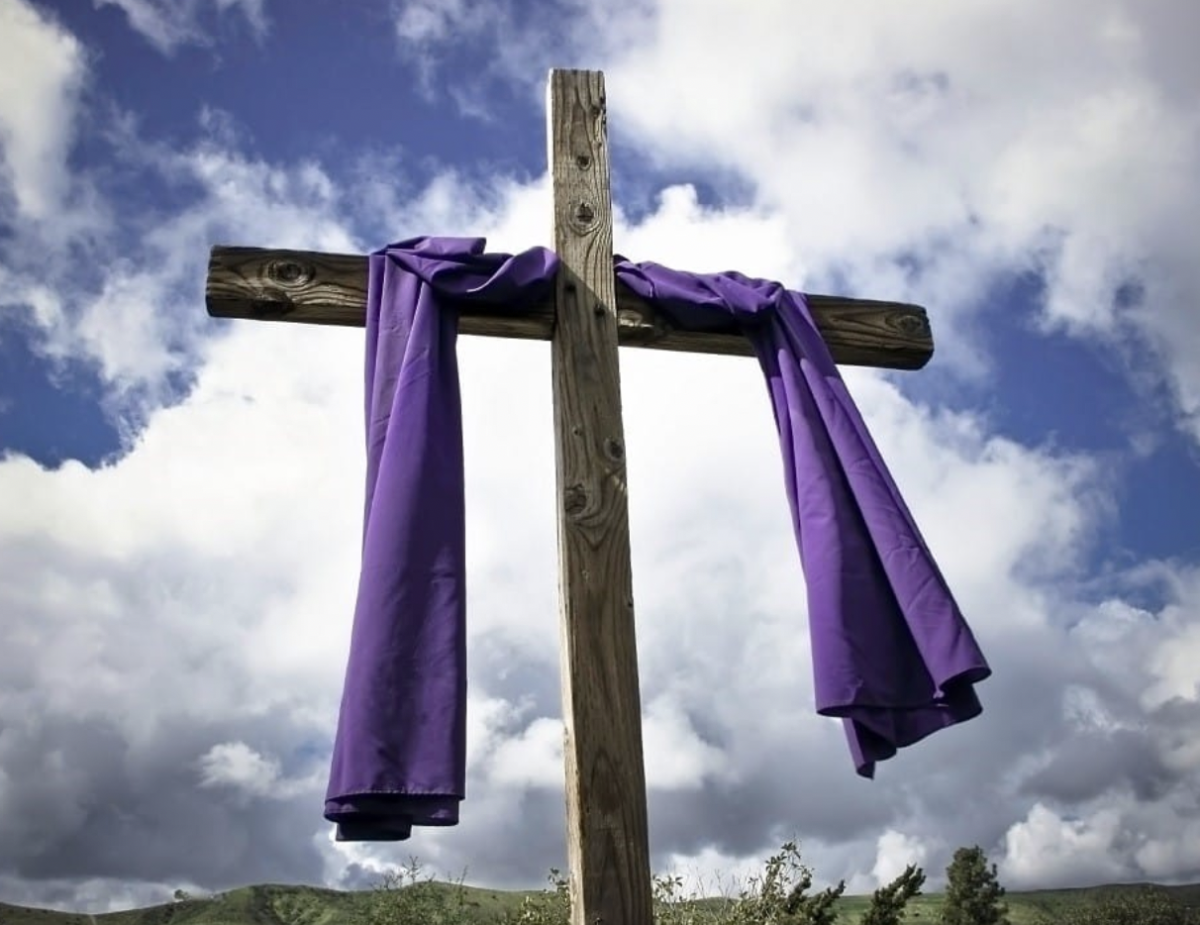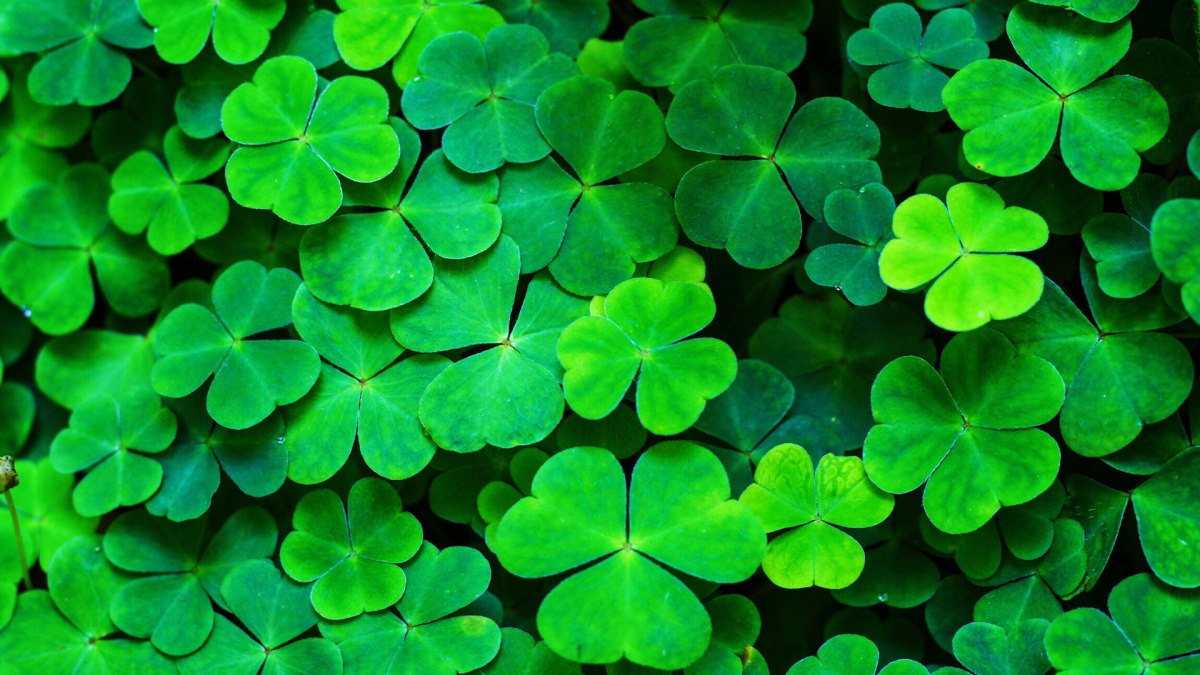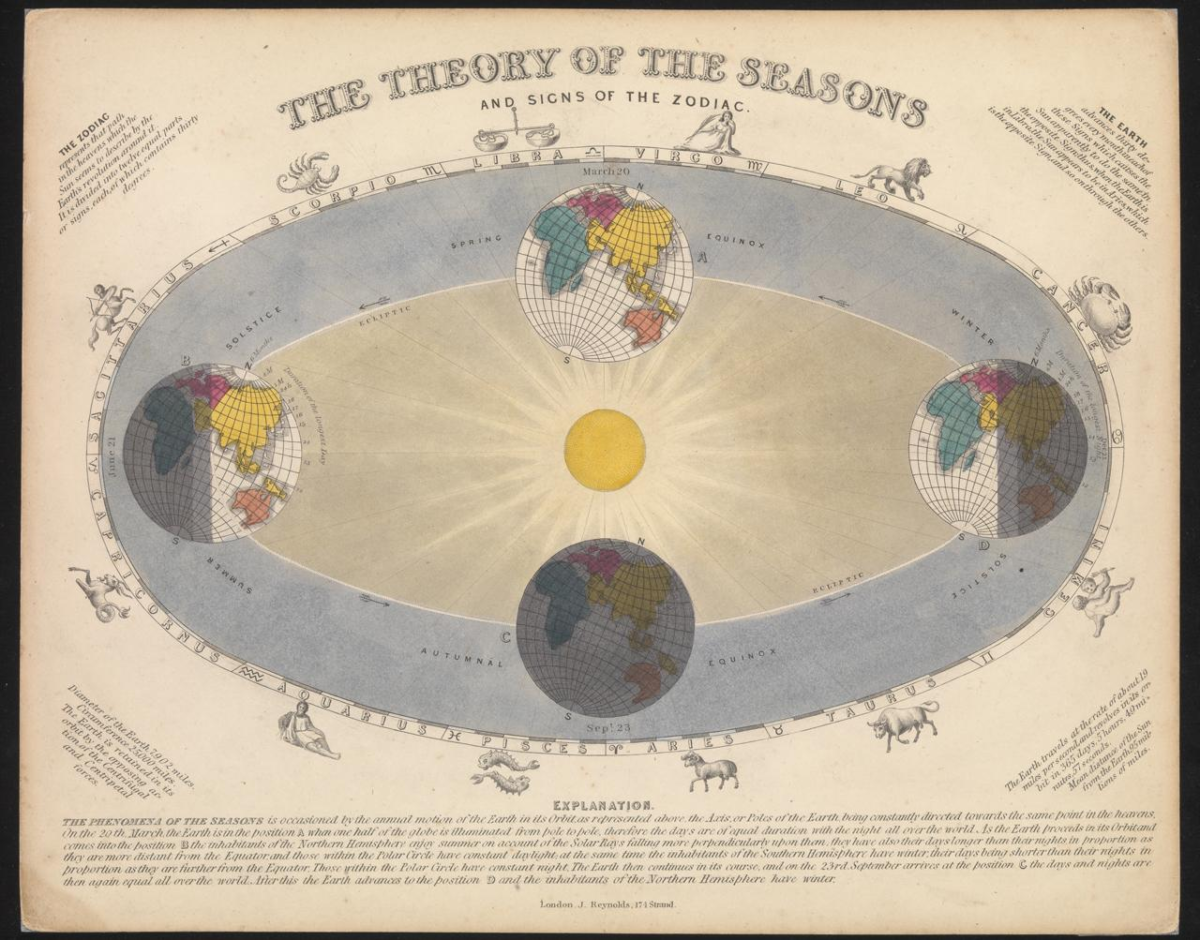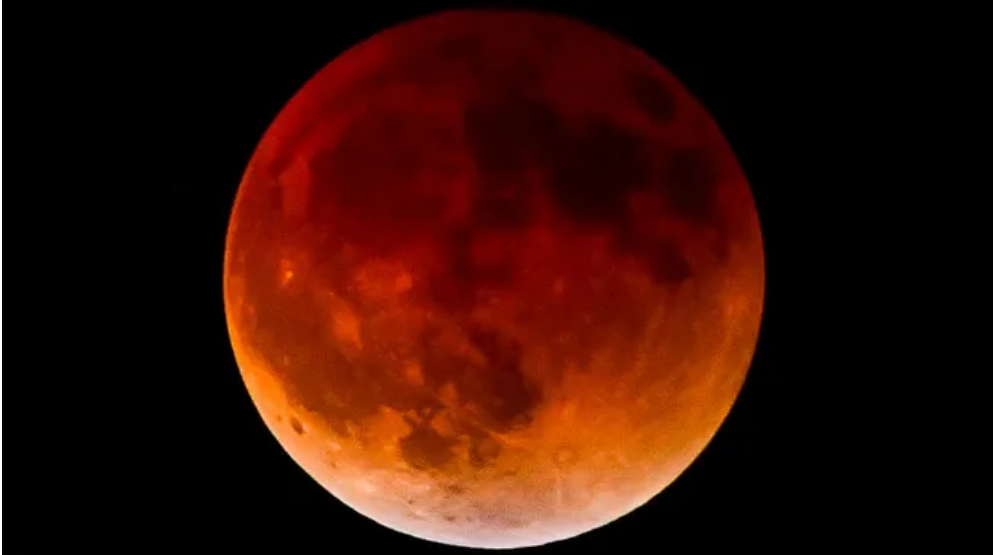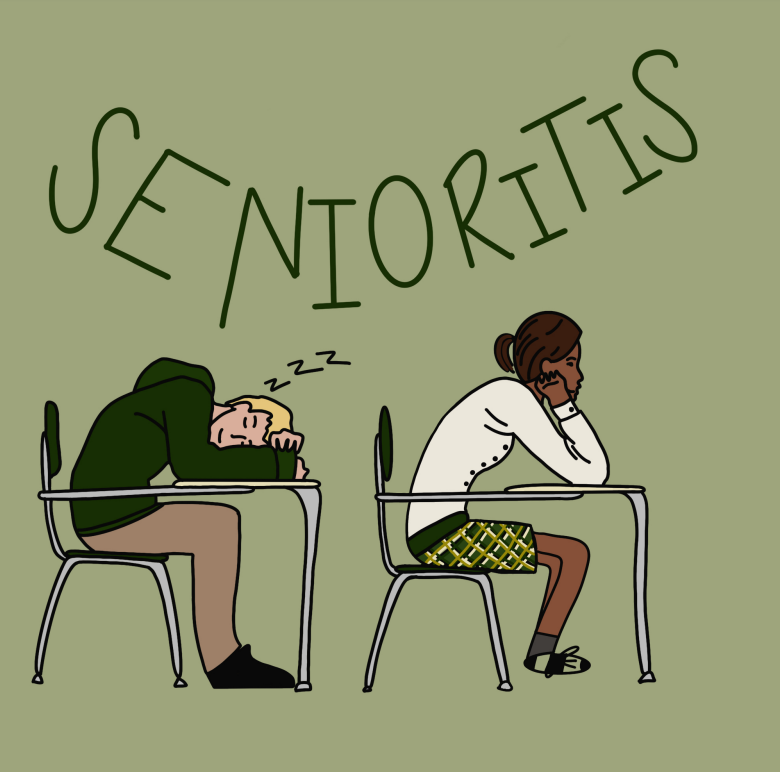This picture shows the theory of seasons. As well as including a diagram of the Earth’s rotation and the amount of sunlight received throughout the seasons.
Hello Fall! With the Crimson and Orange leaves scattered on the fresh grass. The air becomes crisp and current. With scents of Pumpkin and Cinnamon engulfing the town. With Uggs and oversized knit sweaters as far as the eye can see. While these are some telltale signs of fall, one lesser-known sign is the Autumnal Equinox.
The Autumnal Equinox occurred on September 23 at 2:30 A.M. EDT in the Northern Hemisphere and marked the first fall day. This occurrence is only observed twice a year and occurs at the exact moment worldwide, as mentioned in National Geographic.
“Here Comes The Sun” (The Beatles). An equinox is when Earth’s axis of rotation is at 0 degrees perpendicular to the celestial equator, which connects the centers of the Earth and the sun during an equinox. This then causes nearly equal amounts of daylight and darkness. The Alamic states, “The equinox occurs precisely when the Sun’s center passes through this line.”
Equinox is derived from the Latin words aequi, translated into equal and nox, which means night. So, combining the two produces equinoctial. However, in vernacular or simpler terms, it creates the word equinox.
As a result of the Autumnal Equinox, in the Northern Hemisphere, days end earlier while nightfall gradually becomes longer. However, in the Southern Hemisphere, daylight grows longer, and nightfall becomes just a tiny part of the day.
People have celebrated and marked the equinox globally for ages. Mikayla Wang states, “When we turn the clock back, I get an extra hour of sleep or an extra hour of late-night studying…we also eat mooncakes for the harvest moon festival” (Mikayla Wang 10).
According to National Geographic, in Ancient Greece, the equinox marked the return of the goddess Persephone to the Underworld to reunite with her husband, Hades.
In China, the equinox is considered to produce the harvest moon. Celebrations are then held for the successful harvest with a well-known festival called the “Mooncake Festival,” with an abundance of rice, wheat, and mooncakes.
In Japan, Buddhists would recognize the equinox as coinciding with the Higan Holiday-where they return home to pay respects to their ancestors.
In the UK, a famous landmark that is associated with the equinox as well as the solstice is Stonehenge.
In Mexico, there is a pyramid called the Chichen Itza, which attracts tourists from near and far. To witness the pyramid’s shadow, which resembles a snake crawling down a temple.
According to the Myth, it was built in dedication to Kukulkan, a feathered serpent god who returns to Earth on the equinoxes to provide harvest blessings.
The next solstice is to occur on December 21, 2023. The winter solstice will then cause the opposite of the autumnal solstice: the shortest day and longest night of the year. This solstice and time change will last until the March Equinox.

